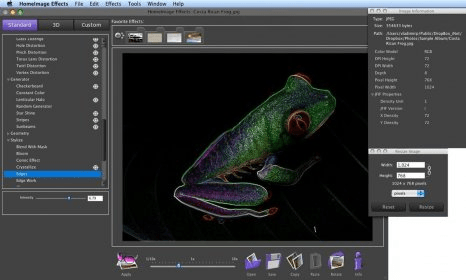

Once a student or family member has turned on closed captions, they will automatically stay on for all videos in Seesaw that have closed captions available in their chosen language.ĭoes Seesaw Offer Automatic Closed Captioning? If you’ve added closed captions in multiple languages, they will be given the choice of language. Once you’ve added closed captions to a video, anyone can turn on captions by choosing the “cc” button in the bottom right corner video player. How Do Students and Families View Closed Captions? Yes, Seesaw supports uploading closed caption files for 20 languages, including English, Spanish, Chinese - Simplified, Arabic, Chinese - Traditional, Dutch, French, German, Hungarian, Italian, Japanese, Korean, Lithuanian, Polish, Portuguese, Romanian, Russian, Thai, Turkish, Vietnamese. Can I Add Closed Captions in Multiple Languages? There are also paid services where professionals can create WebVTT files for you in multiple languages for your content.
#Webvtt files with moviecaptioner how to#
If you use a Microsoft device, check out this tutorial on how to create your own WebVTT files. To create your own VTT files, check out VTT Creator. There are services and online tools for creating WebVTT closed caption files. How Do I Create a WebVTT Closed Caption File? For example, if you want to support closed captions for a video in English and Spanish, you need to create two WebVTT files. You’ll need to create one WebVTT file per video, per language you want to support. It also supports simple formatting and custom placement of captions on the screen. The Web Video Text Tracks (WebVTT) format is a file that contains a transcription of dialog and sounds in the video, along with the timestamps that dialog and sound is heard. If multiple caption languages are available, select your preferred language from the list. Choose the CC button to enable closed captions. When playing back the video, viewers will see a CC button in the bottom right corner of the video player.

Some people just like to have captions on, even if they are able to hear all or most of the dialog, to help them focus and understand everything.

Young students who are learning to read may benefit from hearing dialog in a video and reading it at the same time in text form.Students and families who don’t understand the language spoken in the video need a textual transcription of the dialog in a language they understand.Students and families who are deaf or hard of hearing may be unable to hear the audio in a video, and need a textual transcription of the dialog and sounds to understand it.Closed Captions are one way to make videos in your lessons or announcements more accessible to students and families.


 0 kommentar(er)
0 kommentar(er)
